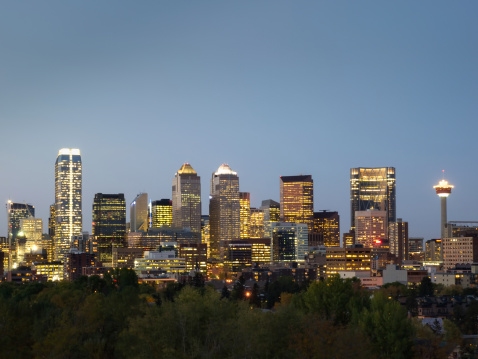Fort Calgary is built
A detachment of North West Mounted Police officers builds Fort Brisebois in 1875 at the confluence of the Bow and Elbow rivers, in order to route the region’s whiskey traders. Lieutenant-Colonel James Macleod renames it Fort Calgary the following year after Calgary House in his native Scotland. That’s why the city is called Calgary and the north-south corridor is called Macleod Trail. All that, and you can still buy whiskey here.
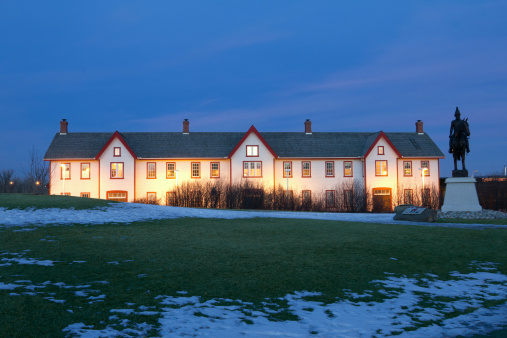
The railway arrives
The Canadian Pacific Railway line reaches Calgary in 1883, and it’s a really big deal. The railway is the first step in Calgary’s rapid transformation from frontier outpost to big, bustling jumping-off point for western immigrants and settlers.
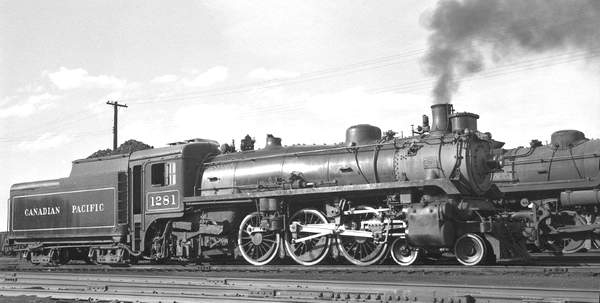
Calgary burns to the ground
When fire consumes many of the new city’s two-storey, wood-framed houses in 1886, residents rebuild using sandstone from the riverbanks. For the next couple of decades Calgary is the “Sandstone City,” and iconic local buildings like the original City Hall, the Grain Exchange Building and the Palliser Hotel rise. The era screeches to a halt in 1914, when World War I breaks out, and is never revived. Fortunately, the joke, “Sedimentary, my dear Watson,” remains hilarious to this day.

Calgary is a city
With a population of 3,900, the City of Calgary is incorporated in 1894.
Guy Weadick puts on a show
In 1912, a cowboy promoter convinces a handful of prominent Calgarians to back a new project. The promoter is Guy Weadick, the Calgarians are Pat Burns, Archie McLean, George Lane and A.E. Cross (better known as the Big Four) and the project is the Calgary Stampede. The event is next held in 1919 and is eventually known as the “Greatest Outdoor Show on Earth.”
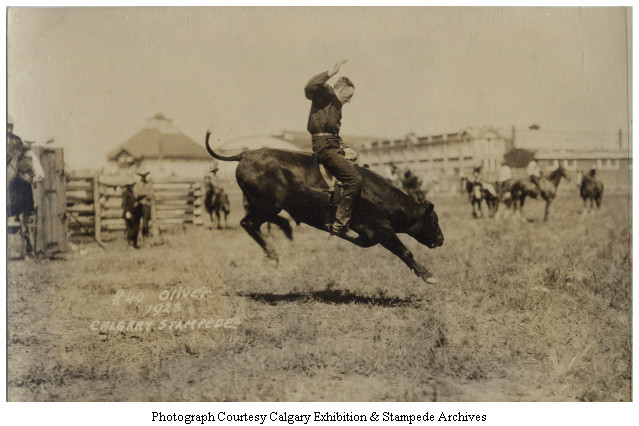
Oil, parts 1, 2 and 3
Prospectors strike oil in Turner Valley in 1914, launching a very brief boom that ends abruptly when World War I breaks out during summer. More Southern Alberta oil strikes in the 1920s begin an era of conspicuous consumption and excess that is rudely interrupted by the Great Depression. In 1947, prospectors find oil in Leduc, and a score of companies set up headquarters and refineries in Calgary, shaping today’s downtown and making Calgary the fastest-growing city in Canada by the ’50s. In the ’70s, a worldwide oil shortage is excellent news for Calgary’s energy entrepreneurs, who make an absolute killing. The city expands and multi-millionaires abound.
Transcanada Highway
In 1962, the Hwy 1 opens, meaning you can literally direct someone from Crowchild Trail to Moncton by telling them to hang a left on 16 Ave.
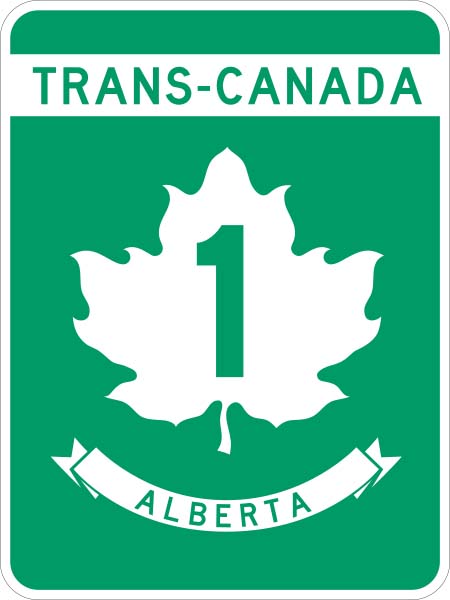
Arts and smarts
Eric Harvie donates an immense historical collection to the people of Alberta in 1966, and the Glenbow Museum is born. The same year, the University of Calgary gains autonomy from the University of Alberta.
Calgary gets a tower
The Husky Tower, later renamed the Calgary Tower, opens to the public in 1968. At 191 metres, the structure is the city’s tallest building until 1984, when the Petro-Canada Centre (now the Suncor Energy Centre) overtakes it. These days, it looks positively short, but its endearingly boxy observation level is a local icon, the gas-fired cauldron installed for the 1988 Winter Olympics remains pretty cool and the noontime carillon is lovely.
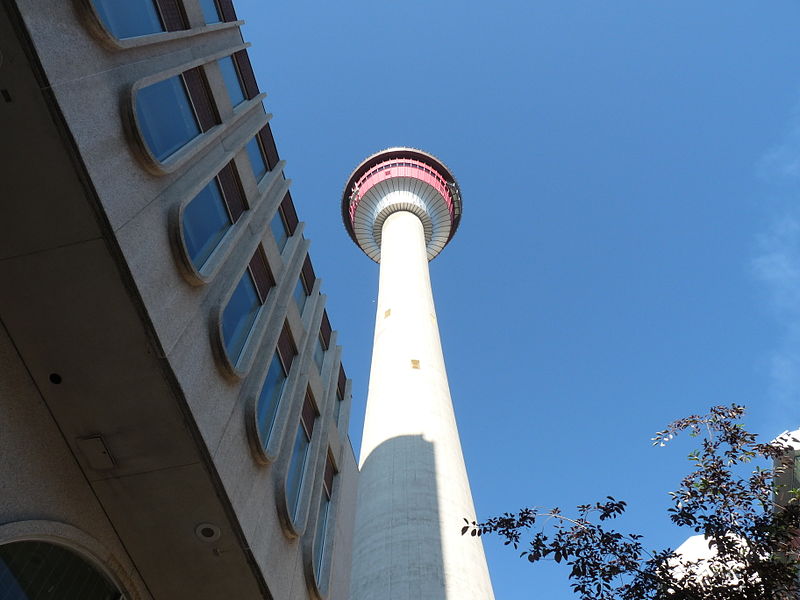
The light railway arrives
The 10.9 km CTrain South Line from Anderson Road to 7 Ave. S.W. begins transporting commuters in 1981.
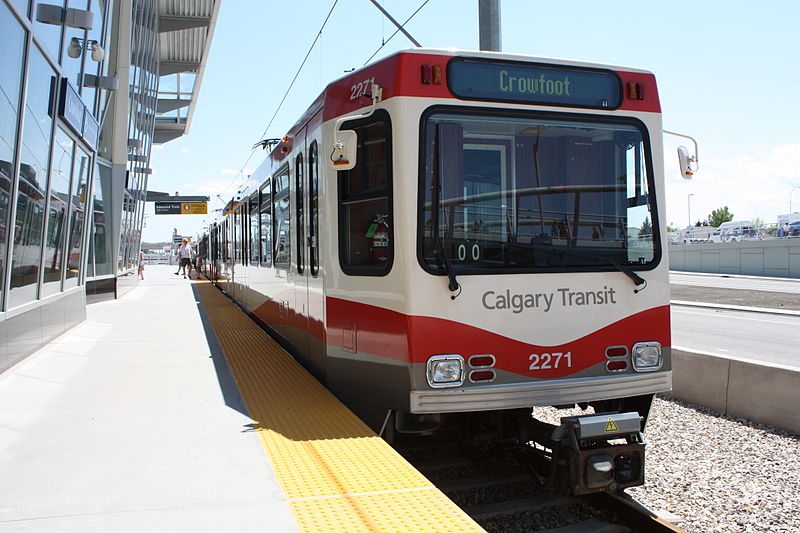
Recession
A worldwide economic recession hits in 1982, and it’s bad news for Calgary. Growth halts, vacancy rates rise and the unemployment rate goes from 4% to 10%. For a while, even belts with really ostentatious buckles are being tightened.
Can you feel it?
Calgary hosts the 1988 Winter Olympic Games. No big deal. Calgary is now home to a number of world-class sports facilities including the Olympic Oval, Canada Olympic Park and Nakiska Mountain Resort, and has earned a reputation as an international destination.
Culture boom
Calgary is named the Cultural Capital of Canada, the controversial Peace Bridge opens, the West LRT CTrain line gets up and running, and The Bow, a crescent-shaped skyscraper housing the headquarters of EnCana Corporation and Cenovus Energy, is completed. At 236 metres, it’s the tallest office tower in the city, and its plaza features an eye-catching sculpture: Wonderland by Jaume Plensa.
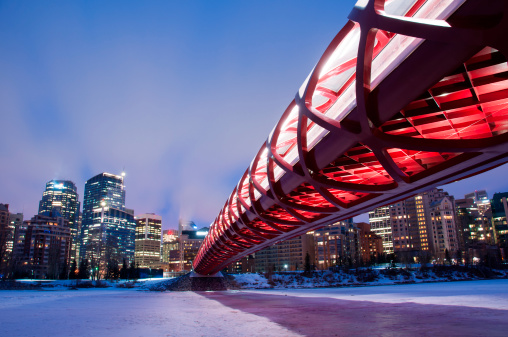
Water, water everywhere
Massive flooding across Southern Alberta in June of 2013 forces the evacuation of 75,000 Calgarians, and the effects of the disaster will be felt for years to come. On the positive side, the flood is characterized by truly decent, neighbourly behaviour, Nenshi memes and an apropos new tagline for the Calgary Stampede.

